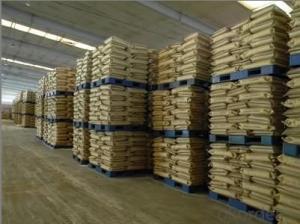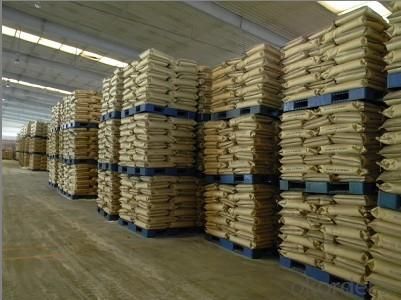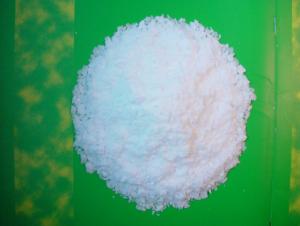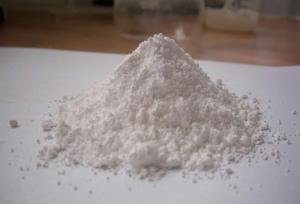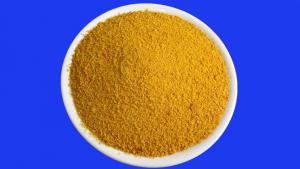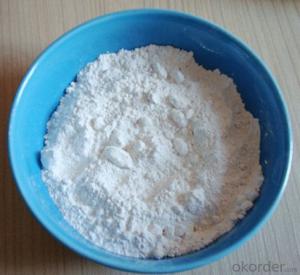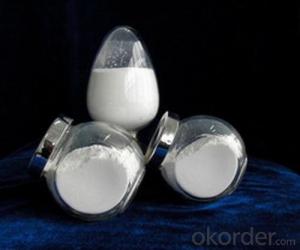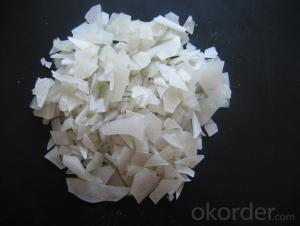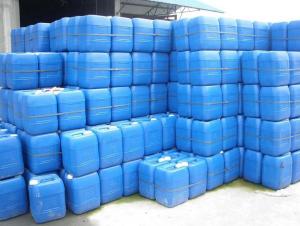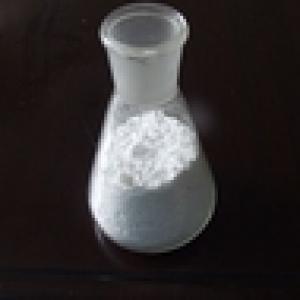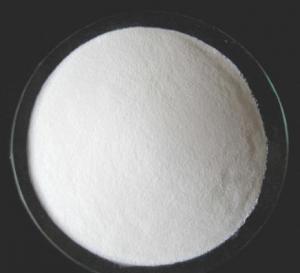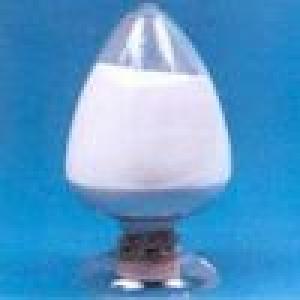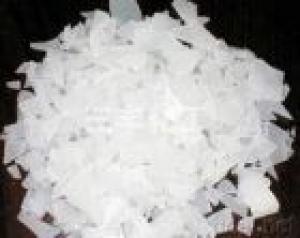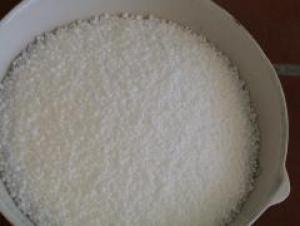BV TEST Polyvinyl chloride polymer SG8
- Loading Port:
- China Main Port
- Payment Terms:
- TT OR LC
- Min Order Qty:
- -
- Supply Capability:
- -
OKorder Service Pledge
Quality Product, Order Online Tracking, Timely Delivery
OKorder Financial Service
Credit Rating, Credit Services, Credit Purchasing
You Might Also Like
Packaging & Delivery
| Packaging Detail: | Bags or barrel |
| Delivery Detail: | within 15 days |
Specifications
PVC resin SG5 suspension grade
1.Appearance: White powder
2.Main use for: Building
3.Bag packaging
4.High quality
- Q: What are the different elements of the same element?
- The same kind of elements are pure substances, such as: oxygen, hydrogen. Different elements can also form a pure substance, such as: carbon monoxide, carbon dioxide (water is a mixture of) It depends on the situation, the same element can be composed of different elements, : Oxygen and ozone, one is two oxygen atoms, one is three oxygen atoms.
- Q: Do inorganic mercury salts bioaccumulate?
- Yes they do bioaccumulate. Mercury builds up for years and years, and eventually sits in a residue of pure mercury. - JJ
- Q: Why inorganic salt waterproof coating does not apply to roof waterproofing
- Inorganic salts are generally in the form of waterproof agent, generally mixed with cement quality of 3-5 percent, but now the roof is waterproof waterproof polyurethane materials are generally used, this is a new type of waterproof coating, Paint manufacturers, you can first check online!
- Q: The lack of symptoms and food sources of several inorganic salts
- Food sources of inorganic salts containing calcium Source: dairy products, beans, cereals, kelp and so on. Source: seafood, etc. Food of iron-containing inorganic salts Source: Fruits Containing iodine-containing inorganic salts Source (trace): seaweed, jellyfish, corn, mussels, etc. Zinc-containing inorganic salt food sources (trace): animal liver (viscera), fruit, peanuts, etc.
- Q: What to do with the wall
- Wall anti-alkali because there is moisture into the solution is to remove the wall, paint interface agent, brush alkali primer, scraping gypsum, and then putty powder, polished roller or spray latex paint on it.
- Q: Eye acid is how the matter
- Chinese medicine to see the eyes of the problem, always from the liver, heart, spleen, lung, kidney five internal organs, or with the internal organs of the six organs of view, from the internal organs and twelve meridians cold and hot reality point of view. Eyes we generally think that with the liver and kidney by the two meridians most closely, of course, also have a relationship with the heart, but the most important liver and kidney. Most of the eyes of the old flower state of the people, mostly kidney or kidney water is relatively virtual; young people are mostly aphrodisiac more prosperous.
- Q: Give some examples, say clearly, thank you! ~
- Acid and alkali
- Q: That day, I put the alum in the water, and then I smell the gas, I would like to know the alkali is not harmful to people, right?
- The shortcomings of alkali is the food in the vitamin B1, B2 and vitamin C has a strong destructive effect, and will affect the body of certain minerals absorption and utilization, and therefore can not be abused.
- Q: I am told to find which bottled mineral water brands contain the most mineral salts.But im not sure if the mineral salt here is talking about the common table salt (Sodium Chloride) or the chemical salt (ionic compounds such as sulfate and chloride) or the whole list of dietary minerals (potassium, chlorine, calcium, magnesium, ect.) I normally think it is just the table salt but im afraid I might get wrong. So what is the exact definition?
- Definition Of Mineral
- Q: What is the use of inorganic salts in plants? How is it discharged
- Plants need inorganic salts, just as people need trace elements, the growth of auxiliary organisms can be through the leaves of the surface of the pores, with the water discharged together
Send your message to us
BV TEST Polyvinyl chloride polymer SG8
- Loading Port:
- China Main Port
- Payment Terms:
- TT OR LC
- Min Order Qty:
- -
- Supply Capability:
- -
OKorder Service Pledge
Quality Product, Order Online Tracking, Timely Delivery
OKorder Financial Service
Credit Rating, Credit Services, Credit Purchasing
Similar products
Hot products
Hot Searches
Related keywords
